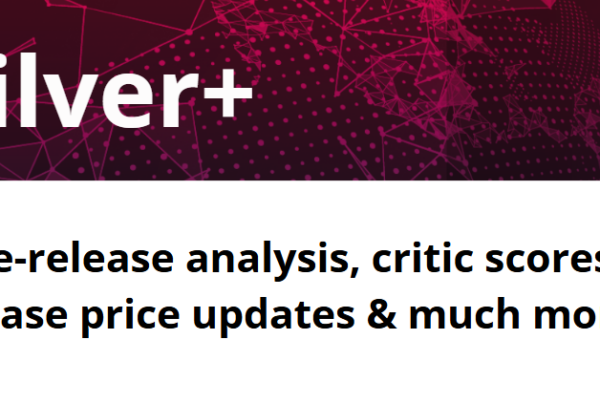Last week, Liv-ex’s Chairman and Managing Director James Miles attended a panel discussion at the London Wine Fair on how technology is changing the wine industry post-Covid.
The event was moderated by Richard Siddle, Co-Founder of The Buyer. The other speakers at the event included Nick Martin (Wine Owners), Elliot Awin (ABS Wine Agencies) and Jonathan Harclerode (Bottlebooks).
You can watch a recording of the discussion in the following video or read our summary below.
The challenges of going digital
The panellists discussed the how consumer behaviour had changed over the past year and the some of the challenges that businesses were facing as a result of going digital.
Martin highlighted that “as more fine wine businesses turn to e-commerce to reflect the market’s behavioural shift, managing inventory and fulfilment well becomes a significant issue”.
He noted that companies were finding it increasingly difficult to manage the inventories on their e-commerce sites, as well as the other channels they used like phone orders and Liv-ex.
Awin agreed and said that they “were very reactive and managed to put together many interactive tastings but stock management has been the hardest thing to work, especially with the added delays of Brexit.”
Why it is easier than ever to upgrade your wine business
However, all panellists agreed that advancements in technology were making it easier and cheaper to manage the challenges of going digital.
Miles commented that “the wine trade are typically not early adopters of technology, as it’s often high risk and expensive”. However, he agreed that “as systems move into the cloud, everyone and everything is going to be connected.”
Thanks to the initial investments from companies like Apple and Google, “the tech is affordable and cheap and therefore now viable to the wine trade.”
Miles also used the example of a Liv-ex member in the US who automated their systems by “plugging in” to Liv-ex. He commented that this “allowed them to grow their sales by 20% but also increase their reach and acquisition”.
He went on to say that the company had “seen an increase in sales but interestingly a decrease in stock held, making their business more scalable, improving cash flow and margin”.
Awin also noted the financial benefits of applying new technology to automate systems, as it allowed companies to use resources more efficiently. For example, “instead of keying orders in, the order taking process can now be streamlined and the person previously doing that can better engage with customers instead”.
The risks of not adapting
Miles stressed the importance of adopting new technology as “traditional wine businesses will find themselves increasingly competing against new entrants and new challengers who are placing data and tech at the heart of their businesses.”
He added that “we’ve seen a lot more interest in automating and integrating with Liv-ex over the past few months” and “for many, doing nothing just isn’t an option.”
Harclerode noted that even companies who were already online should re-evaluate their current strategies as the wine industry has become more confident with digital.
He said that “even though we were digital, like the rest of the industry we also had to step back and look at where the market was going and orient ourselves to the direction of the industry.”
How to get started
Martin stressed the importance of getting it right when investing in technology: “Investing in tech is about making money not saving money. Technology must support a business’s goals, not the other way round”.
Liv-ex believes that companies who are unsure where to begin should first ensure that their databases are in order and then focus on their business process. Only then can they look at designing the technology to improve internal efficiencies.
With a good process and a tidy database, the entire buying process from payment through to delivery can then be automated. This allows companies to spend time and resource on the parts of the business that really matter.
Our recent report highlights the different types of technology that are now available and how they can be used to improve internal efficiencies and profitability. Download your copy below.



